Table of Contents
Introduction
Are you wondering why your generator failed?
Industrial generators are high-performance machines that are built to deliver stable power to industrial operations. However, their systems are complicated and require frequent routine maintenance to work well.
[Source]
If not maintained and used properly, your standby generators may pose failure risks. Listed below are the 10 key reasons your emergency generator may fail.
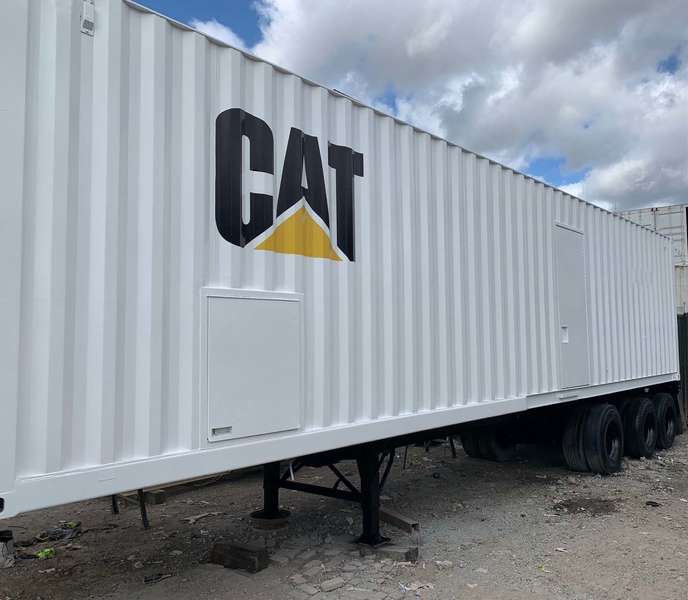
10 Reasons for Industrial Generator Failure
The ten most common industrial generator failures are discussed below in detail.
-
Problems in the Fuel System
Inaccuracies in the fuel system are a primary cause of shutdowns or generator failures. The gauge may get stuck in a stationary position if the generator isn’t frequently used, causing it to deliver false fuel readings.
Low fuel can cause the standby generator to shut down when the fuel gauge doesn’t accurately read the diesel level in the fuel tank.
Routine maintenance can easily solve this problem.
Contamination in the diesel fuel fed to the generator is another key fuel system problem in industrial generators. Water or any kind of moisture present in the diesel can potentially damage the diesel engine, causing failure when it could have been avoided.
You can solve this problem by using fuel stabilizers or by vetting the quality of diesel before buying it.
-
Automatic Switch Malfunction
If your industrial facility makes use of a standby generator, it is absolutely essential that you configure them properly for automatic kick-in when the grid power fails.
Usually, the professionals that install the generator also configure it for automatic operation. However, sometimes the Automatic Transfer Switch (ATS) isn’t configured the right way, causing the generator to fail to start automatically when the main utility power is unavailable.
Each time the emergency stop button is used after the standby generator is powering the facility, it needs to be set to the automatic operation setting again. If this isn’t done, it may fail to auto-start when the grid power isn’t available.
-
Overheating Issues
Wherever machinery has moving parts, there is also the phenomenon of friction which can lead to overheating if the heat dissipation or cooling system isn’t working optimally.
In industrial generators, irregular maintenance and ignorance can lead to several problems that ultimately result in overheating:
- Dust or debris in the radiator core
- Worn-out drive belts and hoses
- Pollutants in the coolant or insufficient coolant
The best solution to avoid overheating your industrial standby generator is to adopt preventative maintenance, as prescribed by the manufacturer. This ensures that the industrial generators installed at your premises function with as little friction as possible with an efficient cooling system.
-
Battery System Issues
Batteries are an essential part of generators; unfortunately, their construction and mechanism require regular upkeep. Otherwise, it may adversely affect battery performance and lead to several issues that can cause generator failure.
- Unclean, clogged, or dirty connections to the battery can cause problems with generator power.
- Surges or insufficiency in power can cause the circuit breaker to blow.
- Frequent battery system failures create sulfation of the battery’s terminals, interfering with the amount of current available to the standby generator.
- Battery life (in the context of electrolyte levels) can also cause problems in the generator.
Periodic maintenance of the batteries can help keep the battery system issues at bay.
-
Intake and Exhaust Valve Issues
Intake and exhaust valves are part of the engine system of your generator. It is essential that these components be free of any debris, pollutants, and damage. Debris in the intake or exhaust system can severely damage the engine, taking years off of your generator.
You also need to ensure that these valves are secured tightly to the engine and the inlet and outlet pipes in order to avoid fuel leaks. The repair work for these valves is significantly expensive; therefore, it is essential to regularly check for debris in these valves.
-
Issues with Circuit Breakers
To ensure the safe functioning of the generator and your facility’s electricals, it should be part of regular maintenance to check the circuit breaker settings on your machine. The settings of the trip should resonate with the load that your generator is configured for.
You would need to readjust the trip setting each time you make a change in the load the generator would supply power for. Incorrect trip settings would keep breaking the circuit each time there is a surge that it wasn’t configured for; it wastes time, energy, and resources every time it happens.
-
Lubricant Issues
Lubrication is a key component of any engine as it helps reduce friction and aids movement for better efficiencies. However, lubricants have a definite lifespan and need to be replaced (as directed by the manufacturer of the engine).
Just like you would change the engine oil of your motorcar or motorbike after it has run every few thousand miles, your generator also needs a lubricant replenishment/replacement.
Ensure that you check how frequently your generator needs a lubricant change. Additionally, if your generator does not run frequently, the oils inside may get contaminated or become too acidic for the entire system.
You should also check for oil or lubricant filters to make sure this contamination does not affect the engine.
-
Low Load Operation
If your facility does not operate the diesel generator at its rated capacity, it may potentially create wet stacking problems because of low-load operation.
Wet stacking refers to the condition that occurs when unburnt fuel and debris lines the exhaust system pipes of the engine in a wet lump.
When the diesel engine operates at capacities far below what it is rated for, a lot of unburned fuel escapes through the exhaust pipe and creates wet stacking issues, which can drastically reduce engine efficiency.
It is important to run your generator at its rated capacity regularly to ensure this doesn’t happen.
-
Issues Relating to Internal and External Leaks
Different types of fluids are fed into a generator to ensure that it functions optimally. However, several internal and external leaks can stunt engine performance if not checked in time.
For example, coolant leaks can result in overheating problems, while leaks in oil or fuel can increase risks in engine operation.
Inspect for puddles or liquid coatings on your diesel generator unit to determine if there are any leaks. Checking for leaks is a part of routine engine maintenance, so you should be able to catch them if the maintenance schedule is followed.
-
Issues with Generator Windings
Although the generator engine does most of the work, sometimes the windings can create problems enough to mount to a system failure. When there is dust and debris in the generator windings, or when these components are damaged, it can cause a system failure.
During maintenance operations, you should check for dust and other unwelcome particles in the generator windings and clean them. Contaminants retain moisture which can cause metal rust in this part of the generator – and rust is never good in any kind of machine.
Wrapping Up
Industrial generators are an important part of manufacturing and production. Swift Equipment helps you acquire standby generators that are designed to function well and are within budget.
Visit our website to select from a wide range of diesel fuel and natural gas generators for industrial purposes.
Frequently Asked Questions about Generator Failure
What is the most common type of generator failure?
Battery failure is the most common cause that leads to the failure of industrial generators. Issues like sulfation, loose connections, bad battery life, and other inefficiencies lead to problem build-up that can ultimately cause failures. It can be avoided by following regular maintenance schedules and generator best practices.
What is the cause of generator damage?
There are several causes that can lead to industrial generator damage. Some of the key causes are:
- Overheating because of coolant problems and leaks
- Faulty current and circuit breaker issues
- Undervoltage issues in the power system
- Loss of residual magnetism
It is essential to ensure that your generator works optimally by maintaining it well.
What is wet stacking?
Wet stacking refers to the build-up of unburned fuel and debris in the exhaust system pipes of the generator. The leading cause of this phenomenon is running the generator at low loads than what it has been rated for.
You should run your generator at full capacity every once in a while.
What is the risk of generator fuel leaks?
Fuel leaks can be extremely risky for the generator as they can create an environment for explosions to happen. Unburned fuel or fresh fuel can pond up around the generator, increasing the risk of catching fire, or worse, explosions.

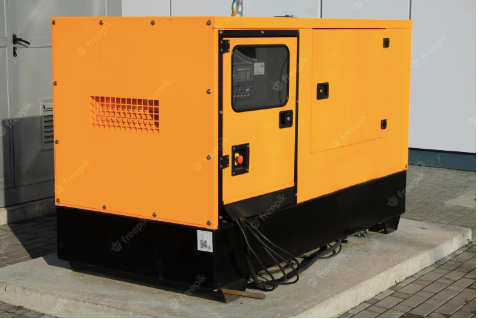

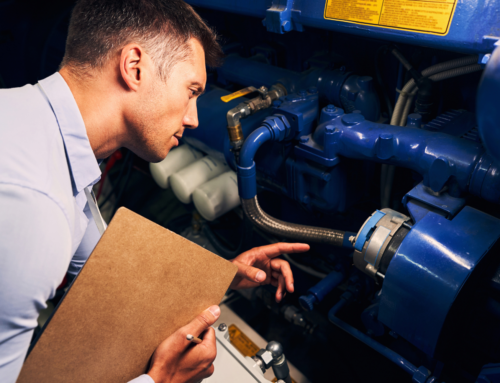
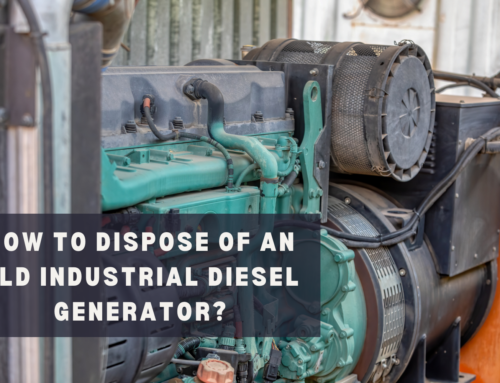
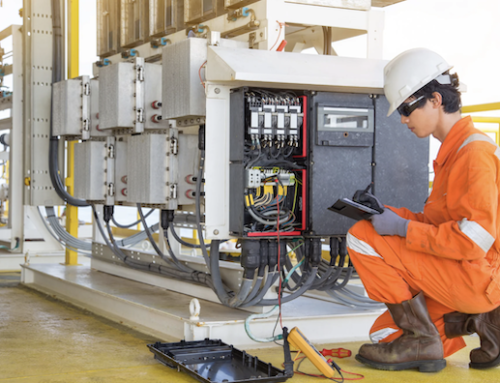
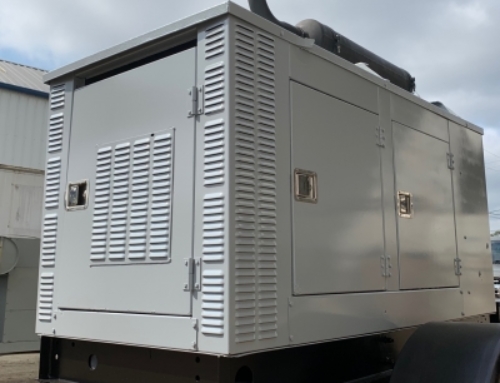
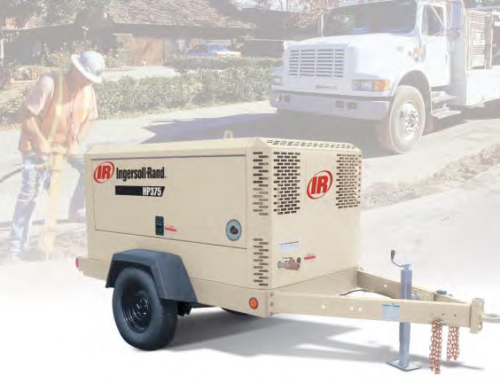
Leave A Comment